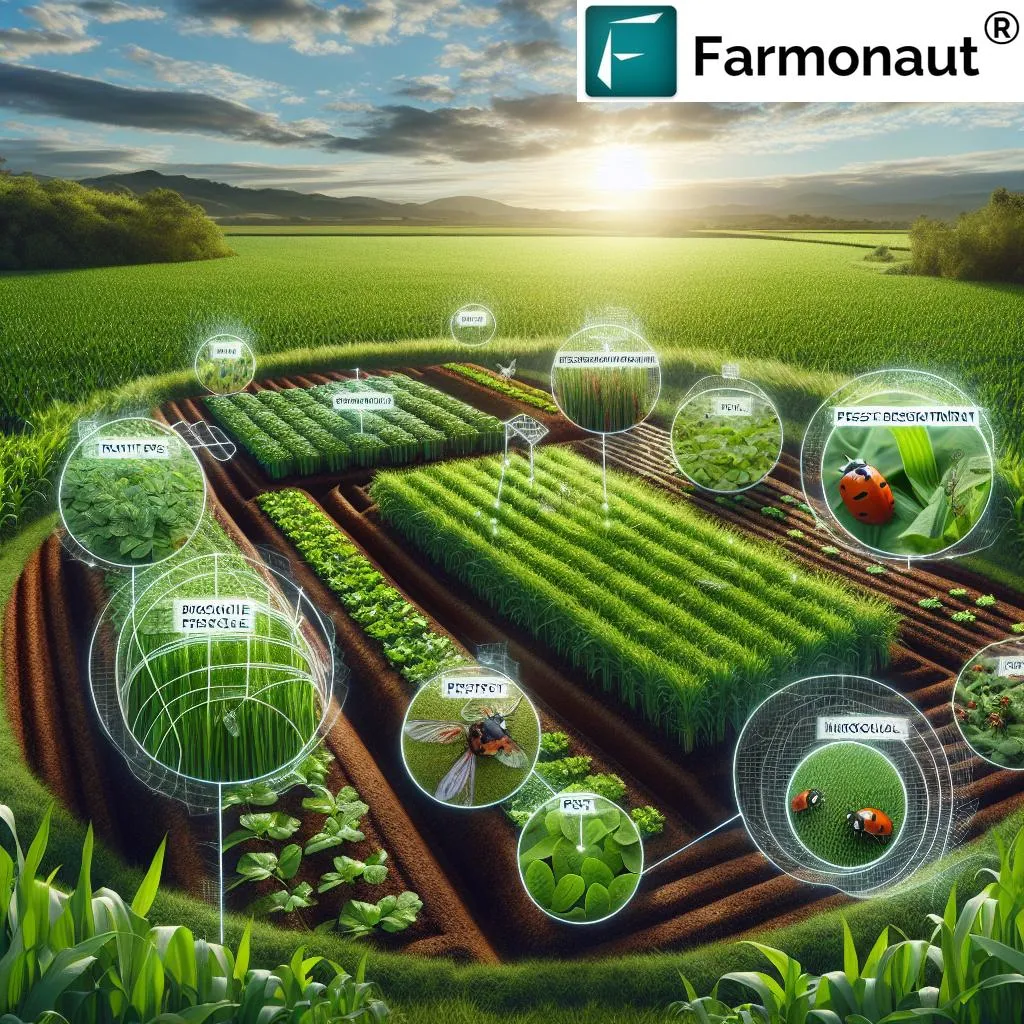In the quest for sustainable agriculture, scientists are turning to an unlikely ally: fungi. A groundbreaking meta-analysis led by Luke A. Crosby from the School of Natural Sciences at the University of Lincoln in the UK has uncovered the potential of entomopathogenic fungi (EPF) to revolutionize plant growth and pest control. Published in the journal *Plants, People, Planet* (which translates to “Plants, People, Planet” in English), this research could reshape the agricultural landscape, offering a greener, more profitable future for farmers and the environment.
EPF are fungi that naturally target and kill insects, making them a popular choice for biological pest control. However, their role in promoting plant growth has remained largely unexplored—until now. Crosby’s meta-analysis synthesizes data from 90 studies, encompassing 797 paired observations, to assess the impact of EPF on various plant growth metrics. The results are promising: EPF significantly boosted plant height, leaf surface area, shoot dry mass, and root mass. “Our findings suggest that EPF are not just effective at controlling pests but also have a substantial positive effect on plant growth,” Crosby explains. “This dual benefit could be a game-changer for sustainable agriculture.”
The study also highlights the importance of application methods. Soil application emerged as the most consistent and effective method for enhancing shoot length, fresh mass, and root dry mass. This insight could guide farmers in optimizing their use of EPF, ensuring maximum benefits for their crops. “By tailoring the application method to the specific needs of different crops, we can enhance the efficacy of EPF and make them a more attractive option for growers,” Crosby adds.
One of the most exciting aspects of this research is its potential to reduce reliance on chemical pesticides and fertilizers. As concerns about environmental contamination and soil health grow, EPF offer a sustainable alternative that aligns with the principles of regenerative agriculture. “EPF can support healthier crops, minimize environmental contamination, and improve profitability within food production systems,” Crosby notes. “This is a win-win for both farmers and the planet.”
However, the journey toward widespread adoption is not without challenges. The study detected a publication bias, indicating a tendency to report positive results. This underscores the need for further field-based research to validate these findings in real-world settings. “While our results are encouraging, we need more robust field trials to understand how EPF perform under diverse agricultural conditions,” Crosby emphasizes.
The implications of this research extend beyond agriculture. As the global population continues to grow, the demand for sustainable food production will only increase. EPF could play a crucial role in meeting this demand by enhancing crop yields while minimizing environmental impact. “Optimizing the application methods and matching EPF to specific crops could accelerate adoption and enhance food security,” Crosby says. “This is a promising pathway toward resilient, environmentally friendly agriculture that benefits both people and the planet.”
In the energy sector, the potential for EPF to reduce the environmental footprint of agriculture could have significant implications. As the world shifts toward renewable energy and sustainable practices, the integration of EPF into agricultural systems could contribute to a more holistic approach to environmental stewardship. “By reducing the need for chemical inputs, EPF can help lower the carbon footprint of food production, aligning with broader sustainability goals,” Crosby explains.
As the agricultural industry continues to evolve, the role of EPF in promoting plant growth and pest control will likely become increasingly important. This research not only highlights the potential of EPF but also calls for further investigation and collaboration to realize their full benefits. “We need to continue exploring the interactions between plants and EPF to unlock their full potential,” Crosby concludes. “This is an exciting time for sustainable agriculture, and EPF could be a key player in shaping its future.”
In the end, the story of EPF is one of innovation and sustainability—a testament to the power of nature to provide solutions to some of our most pressing challenges. As researchers like Luke A. Crosby continue to unravel the complexities of these remarkable fungi, the future of agriculture looks brighter and greener than ever.

